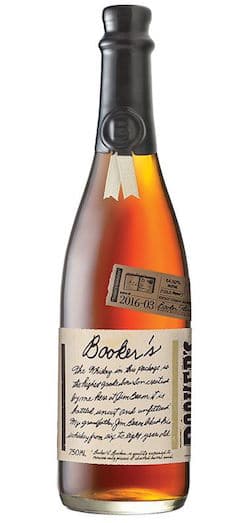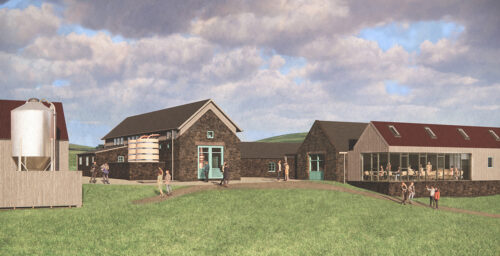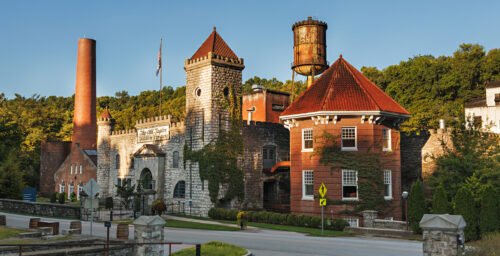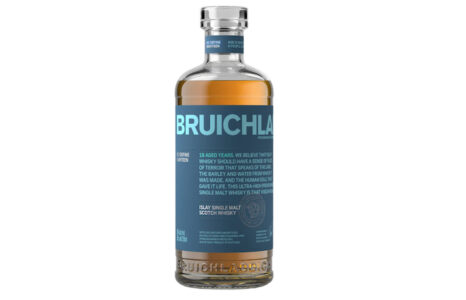
Once you get familiar with it, the American proof system is pretty intuitive. Just double the alcohol by volume percentage, and poof, you’ve arrived at the proof.
But our system is built on another, less intuitive system, one with some quirky historical underpinnings. And much like our other non-intuitive units of measurement like miles, feet, and pounds, we have the British to thank.
The United States proof system is modeled after an English system for measuring the strength of alcohol without a hydrometer. In the 1500s, alcohol in England was taxed according to its strength, with higher alcohol distillate taxed at a higher rate.
To measure an alcohol’s strength, a tax collector would soak gunpowder in distillate, and then try to light that gunpowder on fire. Anything below 57.15% ABV would not ignite. If the gunpowder did light, that was “proof” that the product should be taxed at the higher rate.
That magic concentration, 57.15 ABV, became the definition of 100 proof. Those units led to some pretty funky measurements, at least by our standards: 100% ABV was synonymous with 175 proof, and 40% ABV was defined as 70 proof. That system persisted for many centuries, but in 1980, the U.K. opted to switch completely to measuring alcohol concentration by percentage.
Meanwhile, in the United States, we implemented an alternative system in the 1840s, keeping the name of the units the same (“proof”) but defining them differently. 100 proof was defined as 50% ABV, allowing for easy conversion between one system of measurement and the other.
Today, we’ve joined the European Union in requiring all spirits to have the alcohol by volume percentage printed on their label. The TTB says that proof statements are not required, but if distillers do decide to disclose them, that information should be printed right next to the ABV percentage.
So for now, proof is a bit of a relic. One day, it may go the way of the fathom, the furlong, and the peck, but for the time being, it’s still gracing the front of many whiskey bottles.









